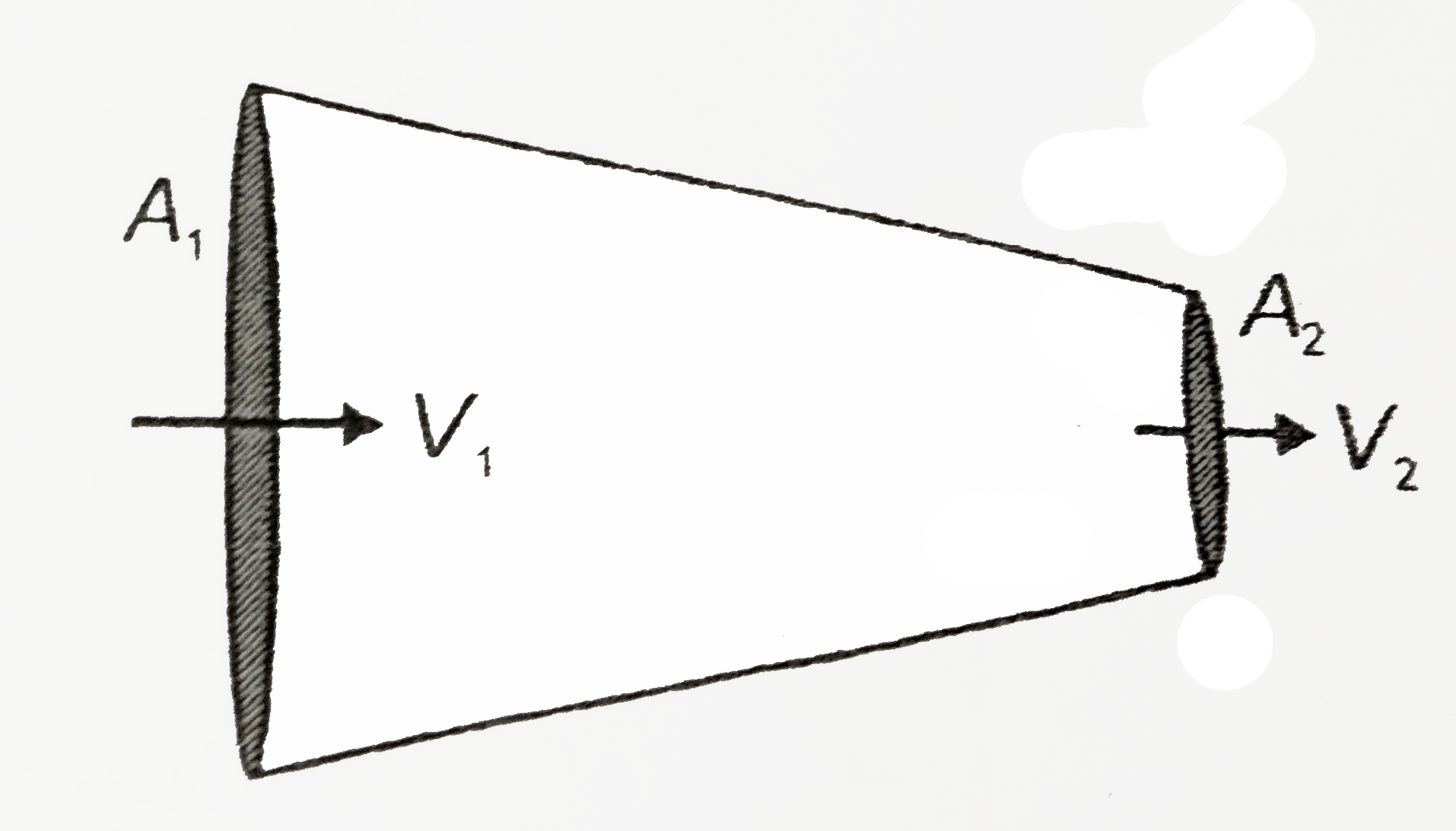The mass and sides of cube are given as (10 kg and the fractional density is
0.31
0.5
0.62
0.29
The correct Answer is:A
To find the fractional density of a cube given its mass and side length with uncertainties, we can follow these steps:
Step 1: Understand the formula for density
The density (ρ) of a cube is defined as the mass (m) divided by the volume (V). For a cube with side length (a), the volume is given by:
V=a3
Thus, the density can be expressed as:
ρ=ma3
Step 2: Identify the given values and their uncertainties
We are given:
- Mass m=10kg with an uncertainty Δm=0.1kg
- Side length a=0.1m with an uncertainty Δa=0.01m
Step 3: Calculate the fractional density
The fractional density can be calculated using the formula for the relative error in density:
Δρρ=Δmm+3Δaa
Step 4: Substitute the values into the formula
1. Calculate Δmm:
Δmm=0.110=0.01
2. Calculate Δaa:
Δaa=0.010.1=0.1
3. Now, substitute these values into the fractional density formula:
Δρρ=0.01+3×0.1=0.01+0.3=0.31
Step 5: Conclusion
The fractional density is:
Δρρ=0.31
The density (ρ) of a cube is defined as the mass (m) divided by the volume (V). For a cube with side length (a), the volume is given by:
V=a3
Thus, the density can be expressed as:
ρ=ma3
We are given:
- Mass m=10kg with an uncertainty Δm=0.1kg
- Side length a=0.1m with an uncertainty Δa=0.01m
The fractional density can be calculated using the formula for the relative error in density:
Δρρ=Δmm+3Δaa
1. Calculate Δmm:
Δmm=0.110=0.01
Δaa=0.010.1=0.1
Δρρ=0.01+3×0.1=0.01+0.3=0.31
The fractional density is:
Δρρ=0.31
Topper's Solved these Questions
Similar Questions
In the density measurement of a cube, the mass and edge length are measured as (10.00±0.10)kg and (0.10±0.01)m, respectively. The erroer in the measurement of density is :
View SolutionMass and lengh of a metal cube are 10 kg ± 0.01 kg and 1 m ± 0.02 m. Its density with percentage then percentage error is
View Solution
Knowledge Check
[0.10.01+0.010.1]=?
A10.1B1.10C1.01D10.01
The mass and density of a solid sphere are measured to be (12.4±0.1)kgand(4.6±0.2)kg/m3. Calculate the volume of the sphere with error limits .
View SolutionThe mass and density of a solid sphere are measured to be (12.4±0.1)kgand(4.6±0.2)kg/m3. Calculate the volume of the sphere with error limits .
View SolutionThe length, breadth and thickness of a strip are given by l=(10.0±0.1)cm,h=(1.00±0.01)cm,t=(0.100±0.001)cm. The most probable error in volume will be
View SolutionLocate the centre of mass of a system of three particles 1.0 kg, 2.0 kg and 3.0 kg placed at the corners of an equilateral traingular of side 1m.
View SolutionTwo bodies of masses 10 kg and 20 kg are located in x-y plane at (0, 1) and (1, 0). The position of their centre of mass is
View SolutionCalculate the rate of flow of glycerine of density 1.20 ×103kg/m3 through the conical section of a pipe. If the radii of its ends are 0.1 m and 0.02 m and the pressure drop across the length is 10 Nm2.

View SolutionCalculate the rate of flow of glycerine of density 1.25×103kgm−3 through the conical section of a pipe, if the radii of its ends are0.1 m and 0.04 m and the pressure drop across its length is 10Nm−2.
View Solution
